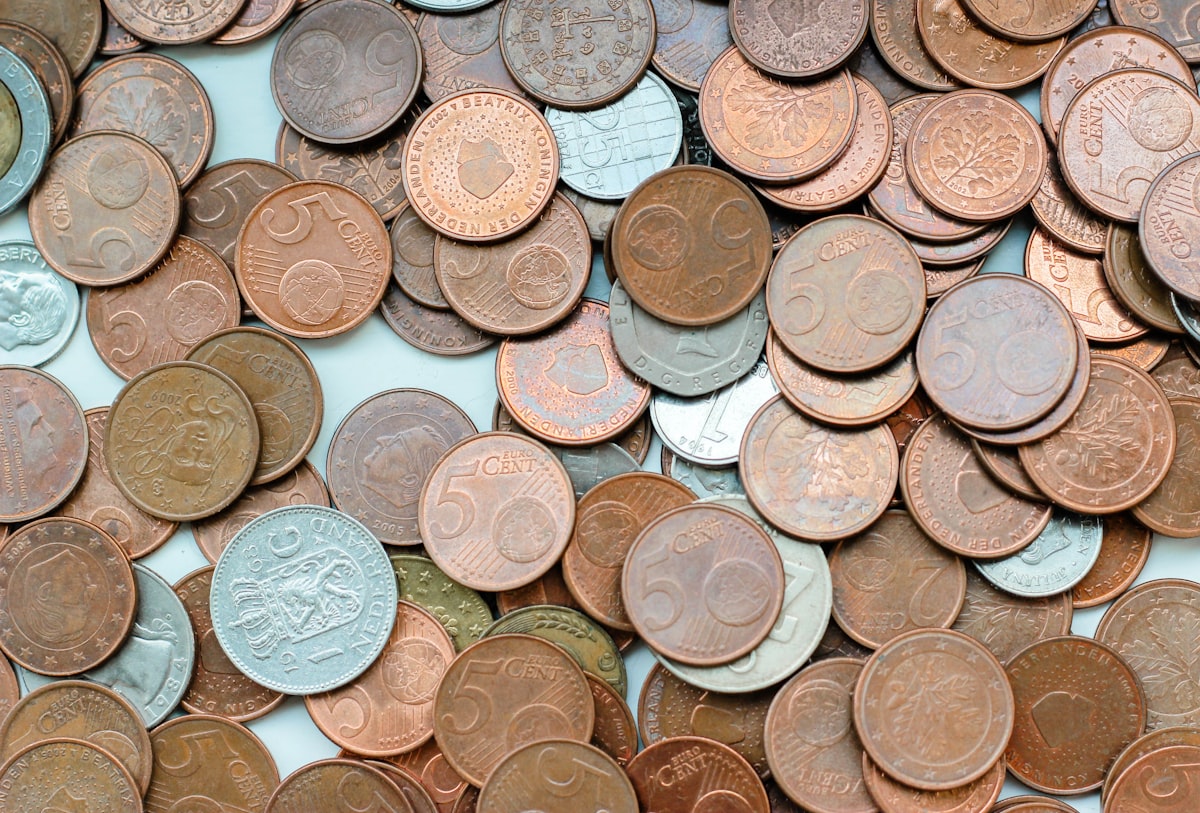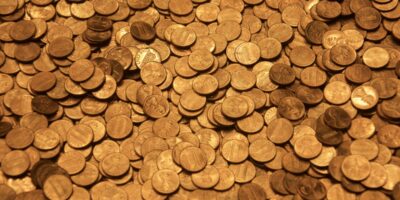Understanding the 1966 Penny Value
When exploring the world of coin collecting, the 1966 penny often comes up in discussions. This penny is part of the US Lincoln cent series, which has intrigued numismatists for decades. Understanding its value involves considering a few key factors, including its condition, mint errors, and rarity.
The Basics of the 1966 Penny

The 1966 penny features the profile of Abraham Lincoln on the obverse side and the Lincoln Memorial on the reverse. This design, created by Victor D. Brenner, has been in circulation since 1909. In 1966, due to congressional legislation, no mint marks were used on circulating coins. This is an important factor in evaluating these pennies, as it makes it impossible to determine where the coin was produced.
Material Composition
The 1966 penny is composed primarily of copper, with a small percentage of zinc. Specifically, it contains 95% copper and 5% zinc. This composition was standard for pennies minted from 1962 to 1982. With the fluctuating prices of copper, the intrinsic metal value can impact its overall worth, although numismatic value typically overshadows metal value in collectible coins.
Condition and Grading
The condition of a 1966 penny greatly influences its value. Coin grading refers to the assessment of a coin’s condition, ranging from poor to mint state. Coins in mint state (MS) show no signs of wear and are highly sought after by collectors.
- Poor or Good: These coins are heavily worn, with major design features barely visible. They tend to be worth face value.
- Fine to Very Fine: At this grade, coins show moderate wear on high points but retain distinct design elements.
- Extremely Fine: Coins exhibit slight wear on only the highest parts of the design. More detail is visible, increasing their value.
- About Uncirculated: Minimal signs of wear are present. These coins may show minor handling but maintain strong details.
- Mint State (MS): Such coins have no signs of wear. Graded on a scale from MS-60 to MS-70, higher numbers indicate better condition and higher value.
Rarity and Errors
While most 1966 pennies are common, occasional errors or rare features can boost their value. Notable errors include off-center strikes, die cracks, and doubled dies. These mistakes occur during the minting process, creating unique collectible pieces.
A doubled die is a popular error, where images on the coin appear duplicated. Such pennies can be more valuable due to their rarity. Off-center strikes, where the design is not properly aligned, also attract collectors seeking unique items.
Market Values
The market value of a 1966 penny varies based on the factors discussed. In general, circulated coins found in pocket change are only worth their face value. Uncirculated pieces or those with errors might fetch higher prices.
For uncirculated coins in MS-63 or higher, values can reach beyond a few dollars. Error coins, depending on rarity and desirability among collectors, can be even more valuable. It’s essential to have such coins professionally appraised to understand their true market worth.
Factors Influencing Collector Interest
Collector interest in a specific coin can fluctuate due to several factors. Numismatic trends, the popularity of Lincoln cents, and the history behind a particular minting year can all sway demand. Some collectors focus on acquiring coins from every year within a series; others may concentrate on notable errors or high-grade specimens.
While a single year like 1966 may not always see high independent demand, it remains a central piece in completing collection sets. The Lincoln cent holds a significant place in American coinage, which naturally attracts interest from collectors.
Preservation and Storage
Proper storage is vital to maintain a coin’s condition and value. Environmental factors such as humidity and temperature can affect a coin’s appearance. Protect 1966 pennies, especially those in higher grades or with errors, by storing them in a suitable coin holder or album.
Avoid handling rare coins with bare hands; consider using gloves. Keeping them in a stable environment can prevent tarnishing and other damage, preserving their value over time.
Authenticity and Appraisal
Before assuming the value of a 1966 penny, verifying its authenticity is crucial. Coins with errors may be particularly prone to forgeries. Appraisals from certified professionals in numismatics can confirm the coin’s authenticity, condition, and market value.
It’s worthwhile to consult reputable guides or auction results to gauge the current market trends and values. Such documentation provides a solid basis for understanding what similar coins are selling for, helping determine a realistic expectation for potential sale value.
Conclusion: The Ongoing Fascination with the 1966 Penny
The 1966 penny represents an interesting piece of American numismatic history. Its value, while variable, hinges on several tangible factors, from its condition and composition to unusual mint errors. Understanding these elements offers a clear path for collectors in assessing the worth of their own 1966 pennies.
Recommended Collecting Supplies
Coin Collection Book Holder Album – $9.99
312 pockets for coins of all sizes.
20x Magnifier Jewelry Loupe – $13.99
Essential tool for examining coins and stamps.
As an Amazon Associate, we earn from qualifying purchases.




Subscribe for Updates
Get the latest articles delivered to your inbox.
We respect your privacy. Unsubscribe anytime.